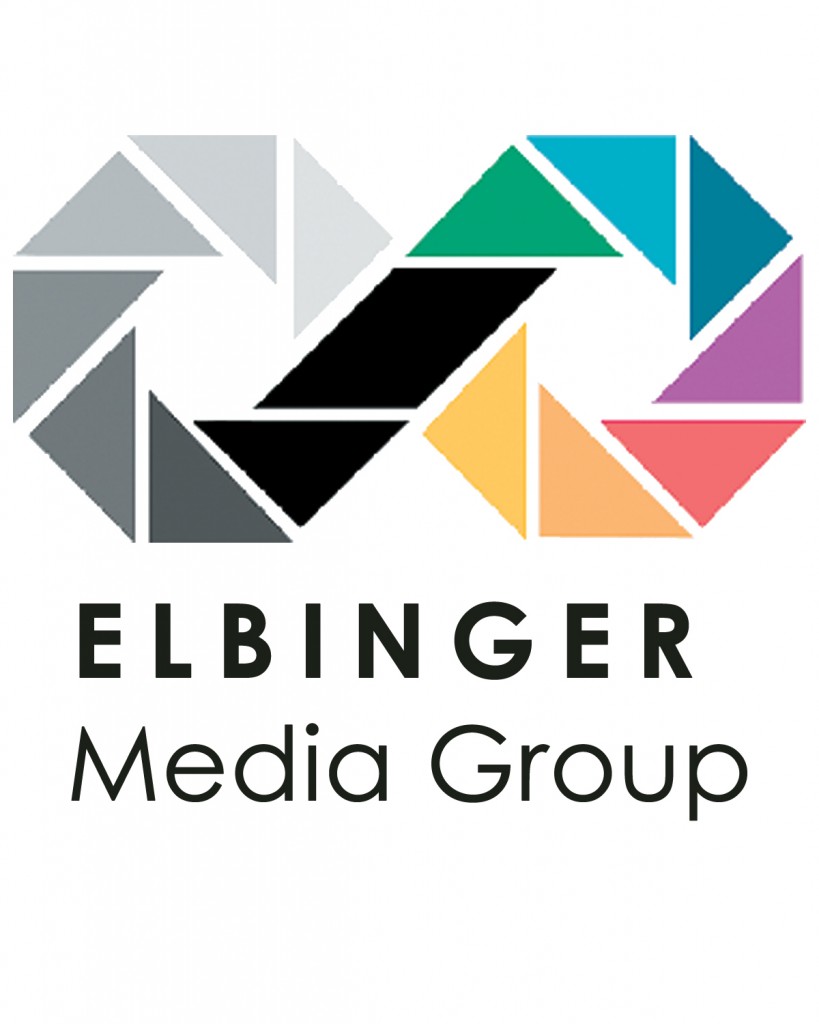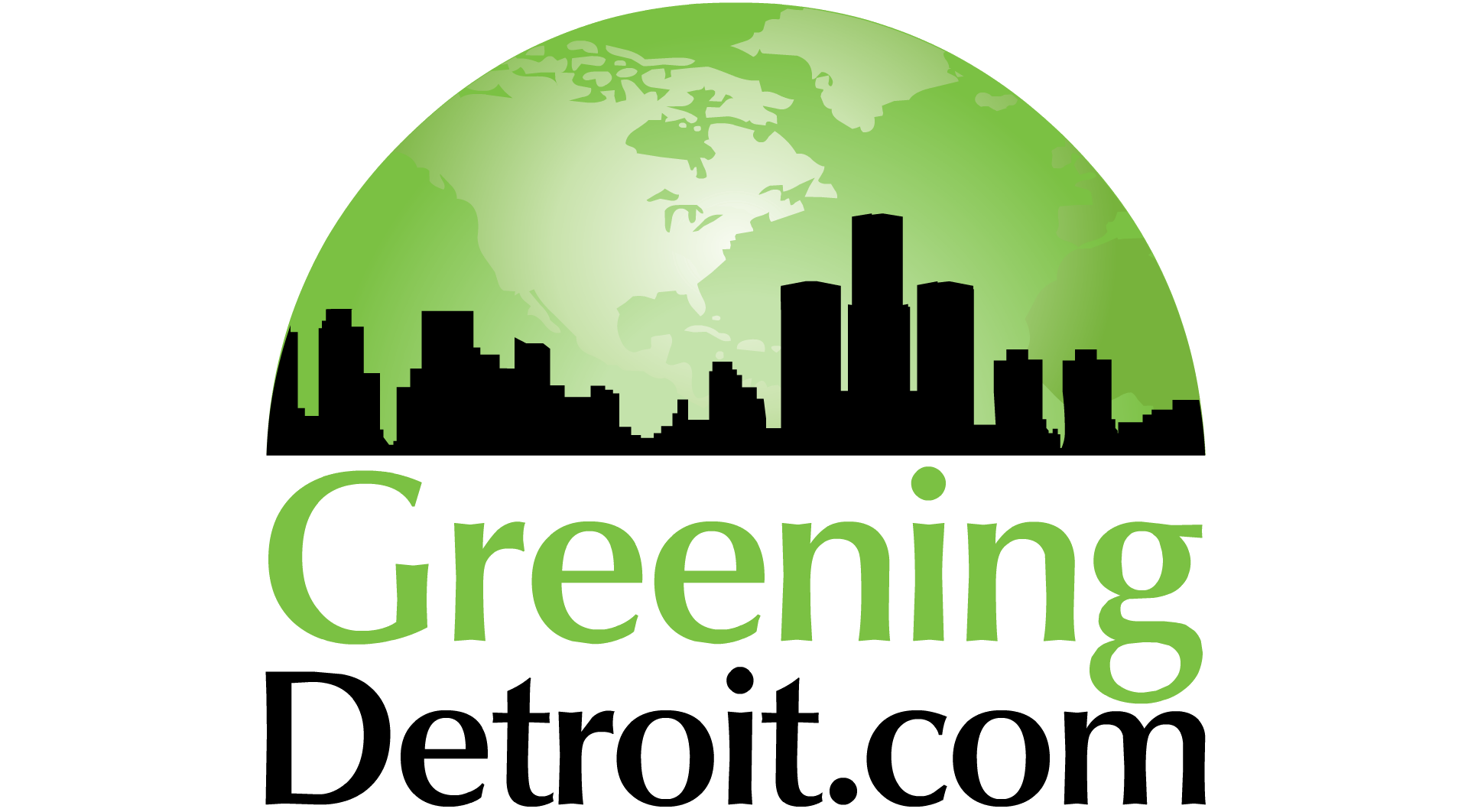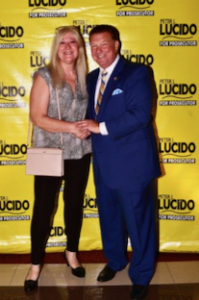 As you may already know, The National Association of Realtors®, is America’s largest trade association, representing over 1.2 million members involved in all aspects of the residential and commercial real estate industry. In February 2017, the NAR surveyed its members pertaining to sustainability issues facing their industry. Highlights from this report that are relevant to Michigan contractors and builders are summarizes as;
As you may already know, The National Association of Realtors®, is America’s largest trade association, representing over 1.2 million members involved in all aspects of the residential and commercial real estate industry. In February 2017, the NAR surveyed its members pertaining to sustainability issues facing their industry. Highlights from this report that are relevant to Michigan contractors and builders are summarizes as;
43% percent of respondents report their MLS have ‘green’ data fields.
71% said that energy efficiency promotion in listings was very or somewhat valuable.
56% of respondents find clients are at least somewhat interested in sustainability.
61% of respondents are comfortable answering clients’ questions about home performance.
80% said that solar panels are available in their market and 42% percent said solar panels increased the perceived property value.
27% of agents and brokers were involved with properties that had green features in the last 12 months.
13% of brokerage firms have experience working with commercial building repurposing and 17 percent with residential repurposing.
Realtors are clearly seeing an uptick in clients seeking sustainable features in their next house.
Growing consumer interest and demand for greener, more sustainable properties is driving the dialogue between realtors, homebuyers, and sellers. It is significant that over half of realtors find that consumers have interest in real estate sustainability issues and practices, according to the National Association of Realtors’ recent REALTORS® and Sustainability report (see web link below).
So how does this translate into useful intelligence for the construction industry? In the planning stage for a new build or remodel, contractors have an opportunity to seek out and stress the sustainable features of the products and process used in their trades. This can be in the form of high performance insulation, windows, lighting, or HVAC systems that emphasize the energy efficiency of their products. Contractors can be proactive and inform realtors and brokers of the special sustainability features in each building and explain how to use this is as a marketing advantage.
“As consumers’ interest in sustainability grows, realtors need to understand the necessity of promoting sustainability in their real estate practice, such as marketing energy efficiency in property listings to homebuyers,” said NAR President William E. Brown, a Realtor® from Alamo, California and founder of Investment Properties. “The goal of the NAR Sustainability Program is to provide leadership and strategies on topics of sustainability for the mutual benefit of members, consumers and communities.”

To meet growing consumer interest, more Multiple Listing Services are incorporating data entry fields to identify a property’s green features; 43 percent of respondents report their MLS have green data fields, and only 19 percent do not. Realtors see great value in promoting energy efficiency in listings with seven out of 10 feeling strongly about the benefits in promoting those features to clients.
The survey asked respondents about renewable energy and its impact on the real estate market. A majority of agents and brokers (80 percent) said that solar panels are available in their market; forty-two percent said solar panels increased the perceived property value.
WilliamBrown, (photo courtesy of NAR®)
“Growing consumer interest and demand for greener, more sustainable properties is driving the dialogue between realtors, homebuyers, and home builders.
When asked about involvement with clients and green properties, 27 percent of agents and brokers were involved with 1 to 5 properties that had green features in the last 12 months. 70 percent of members worked with no properties that had green features, leaving a great deal of room for future growth. The home features that realtors said clients consider as very or somewhat important include a home’s efficient use of lighting (50 percent), a smart/connected home (40 percent), green community features such as bike lanes and green spaces (37 percent), landscaping for water conservation (32 percent), and renewable energy systems such as solar and geothermal (23 percent).
When it comes to the sustainable neighborhood features for which clients are looking, 60 percent of realtors listed parks and outdoor recreation, 37 percent listed access to local food and nine percent listed recycling. The transportation and commuting features of a community that realtors listed as very or somewhat important to their clients included walkability (51 percent), public transportation (31 percent) and bike lanes/paths (39 percent). The NAR initiated the Sustainability Program as a platform for dialogue on sustainability for realtors, brokers, allied trade associations, and consumers. The report will establish a benchmark from which to measure growth in the program’s efforts focused on coordination of NAR’s existing sustainability resources, while supporting a growing area of interest for consumers.
For the full report REALTORS® and Sustainability see:
www.nar.realtor/reports/realtors-and-sustainability-2017 or contact contact: Cole Henry chenry@realtors.org
By Douglas Elbinger, Senior Energy Systems Analyst, Newman Consulting Group, LLC



